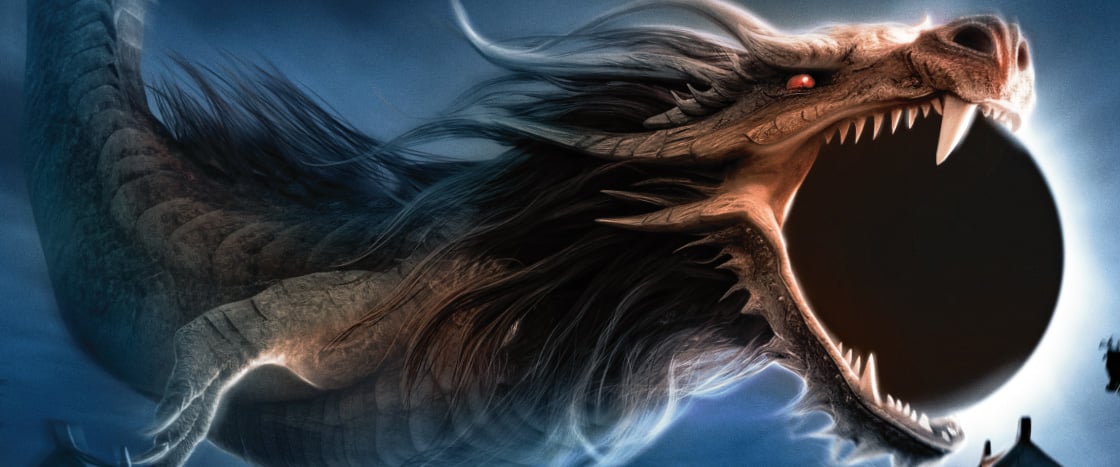The year is 2134 B.C.
You live in a village in ancient China. There are no computers, cars, or electric lights. It would be several thousand years before those are invented. There are no books, newspapers, or even schools. Most people spend their days farming.
You rise with the sun and head to the fields to help your family gather rice. Suddenly, the sky goes dark. The bright yellow sun dims to a faint circle. An eerie shadow covers everything around you. People start to panic. Someone shouts: “A dragon is swallowing the sun!” Is this the end of the world?
The year is 2134 B.C.
You live in a village. It’s in ancient China. There are no computers, cars, or electric lights. They won’t be invented for several thousand years. There are no books, newspapers, or even schools. Most people spend their days farming.
You rise with the sun. You head to the fields. You help your family gather rice. Suddenly, the sky goes dark. The bright yellow sun dims. It becomes a faint circle. An eerie shadow covers everything around you. People start to panic. Someone shouts, “A dragon is swallowing the sun!” Is this the end of the world?

